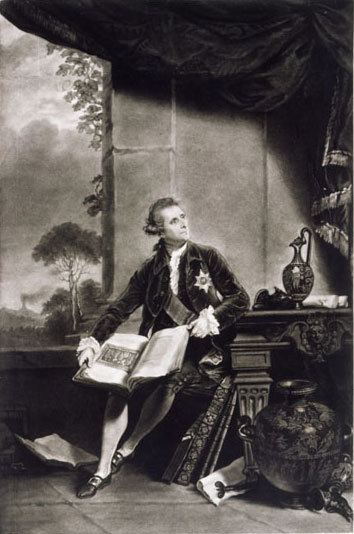 | ||
The decade of the 1730s in archaeology involved some significant events.
Contents
Excavations
Finds
Publications
Other events
Births
Deaths
References
1730s in archaeology Wikipedia(Text) CC BY-SA
 | ||
The decade of the 1730s in archaeology involved some significant events.